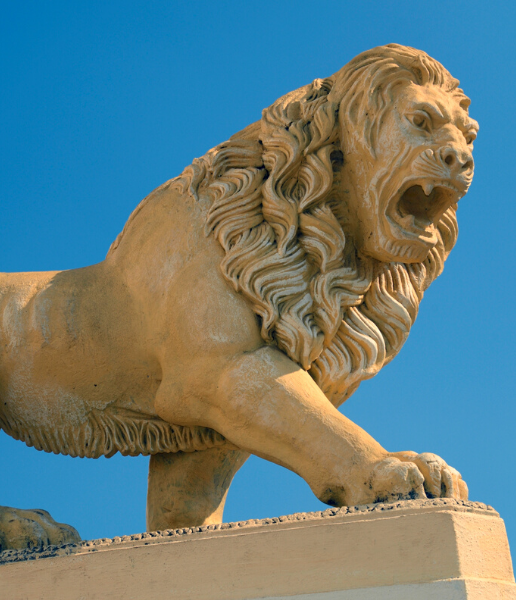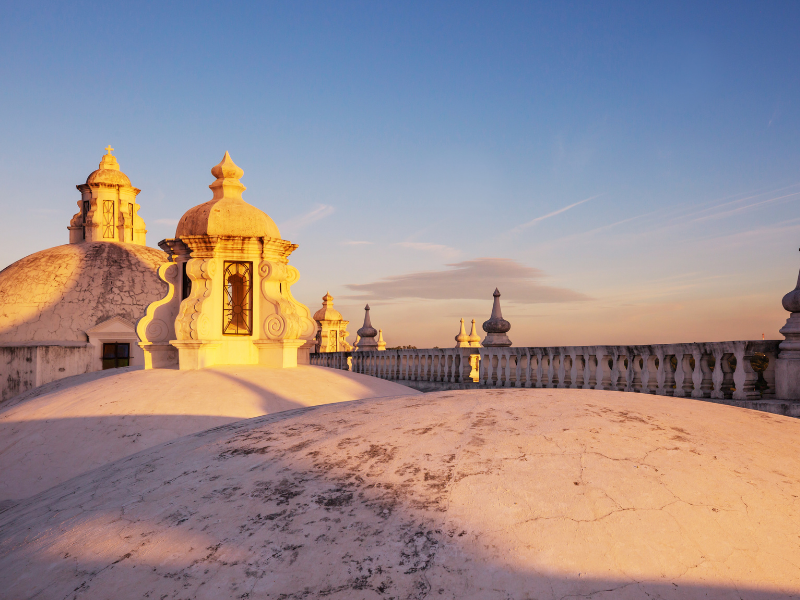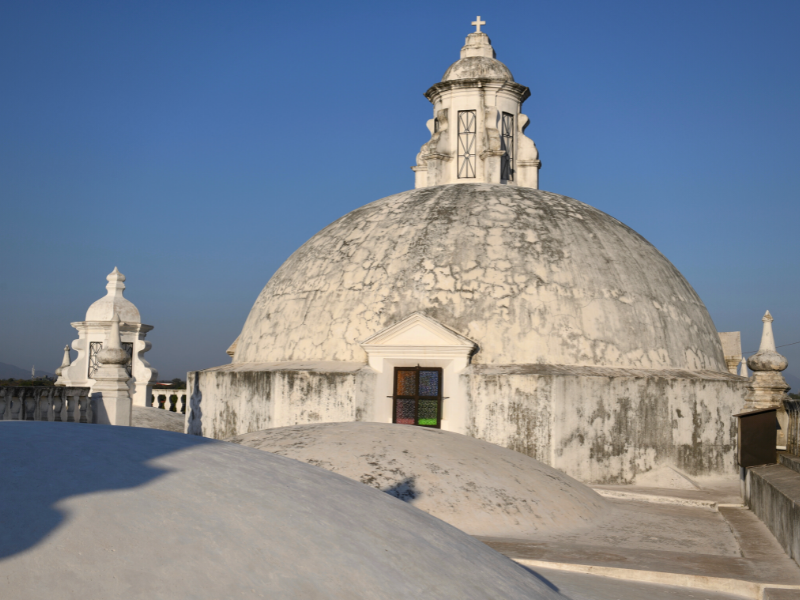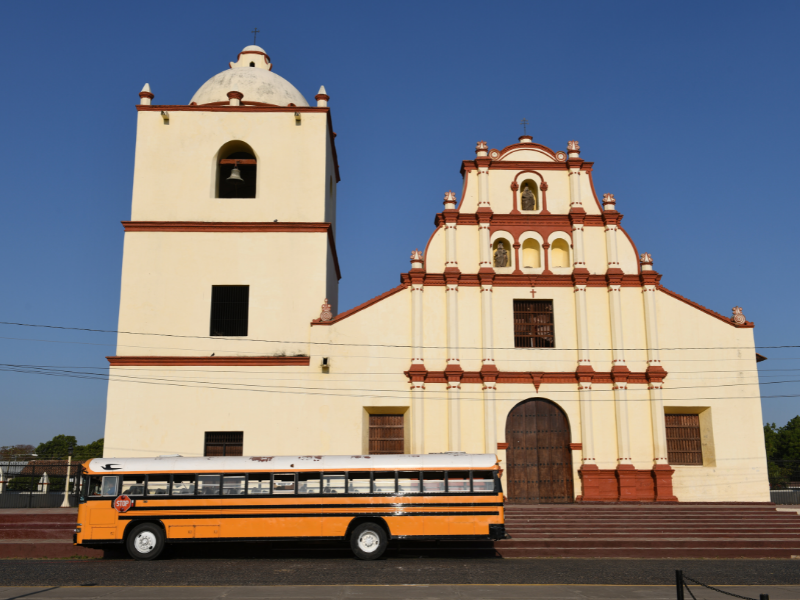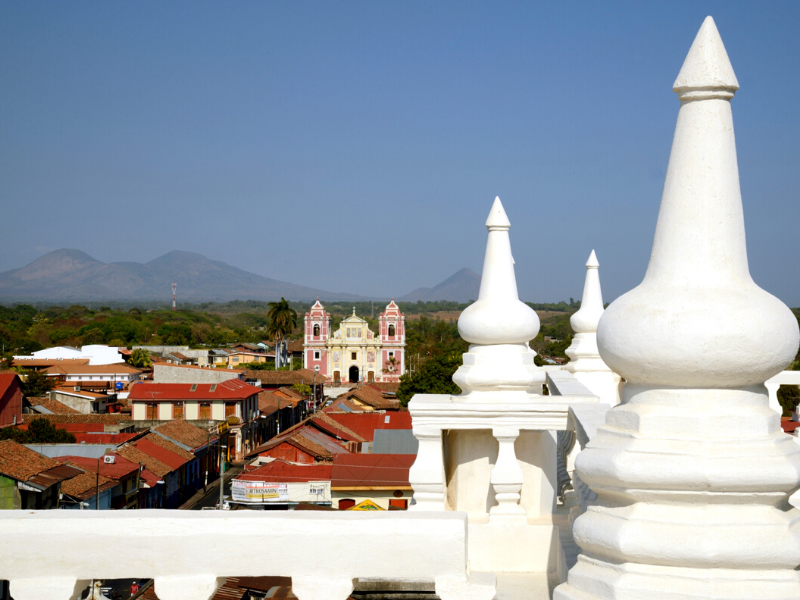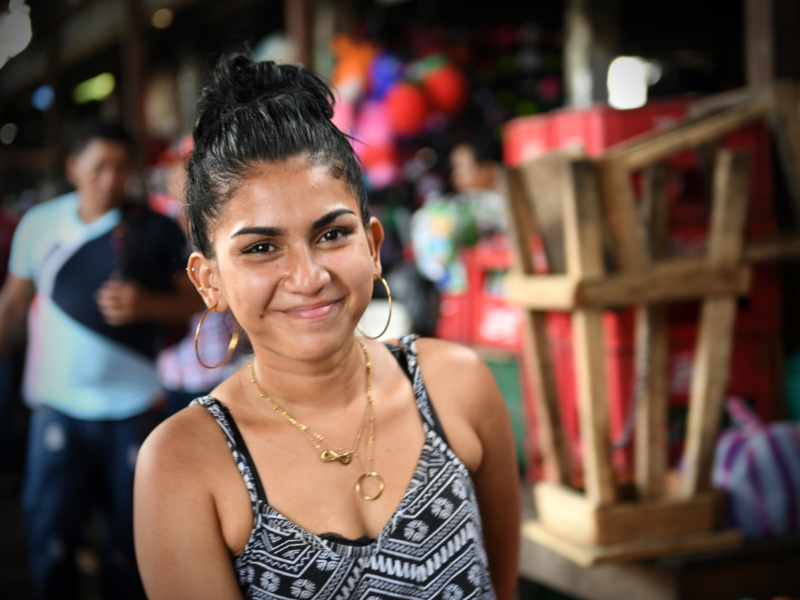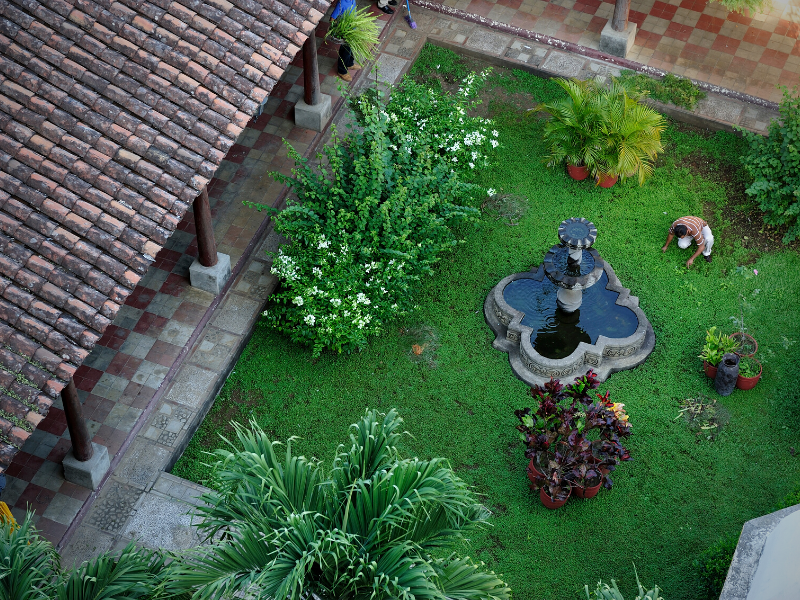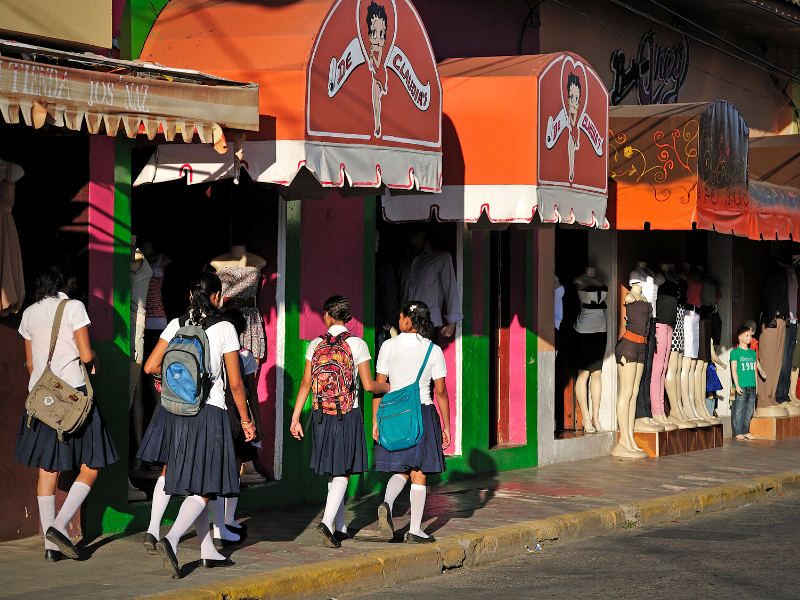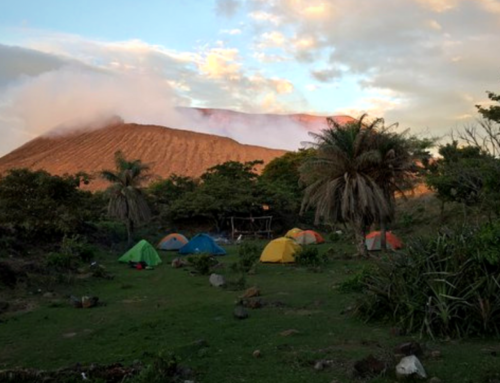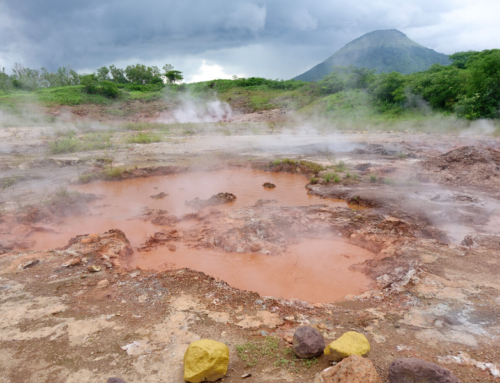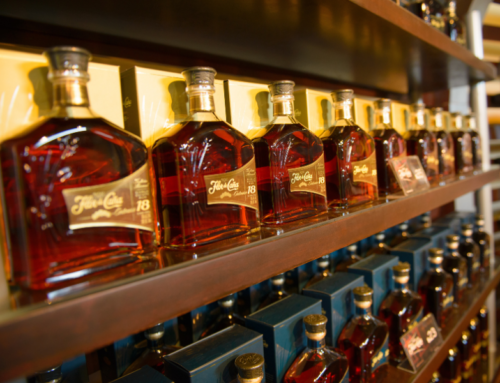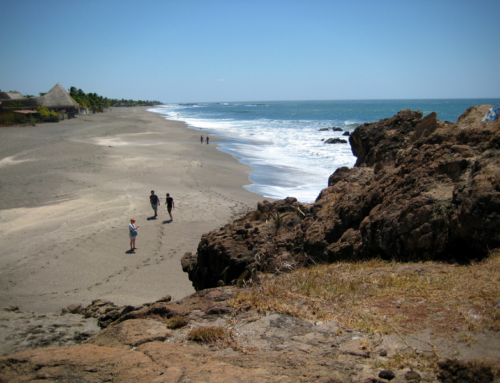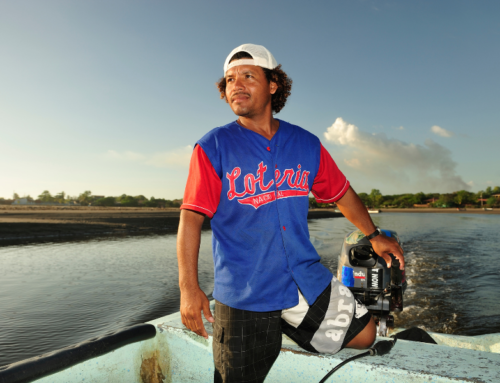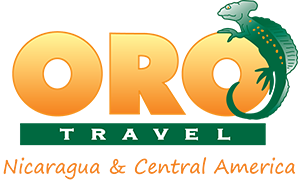LEON COLONIAL CENTER
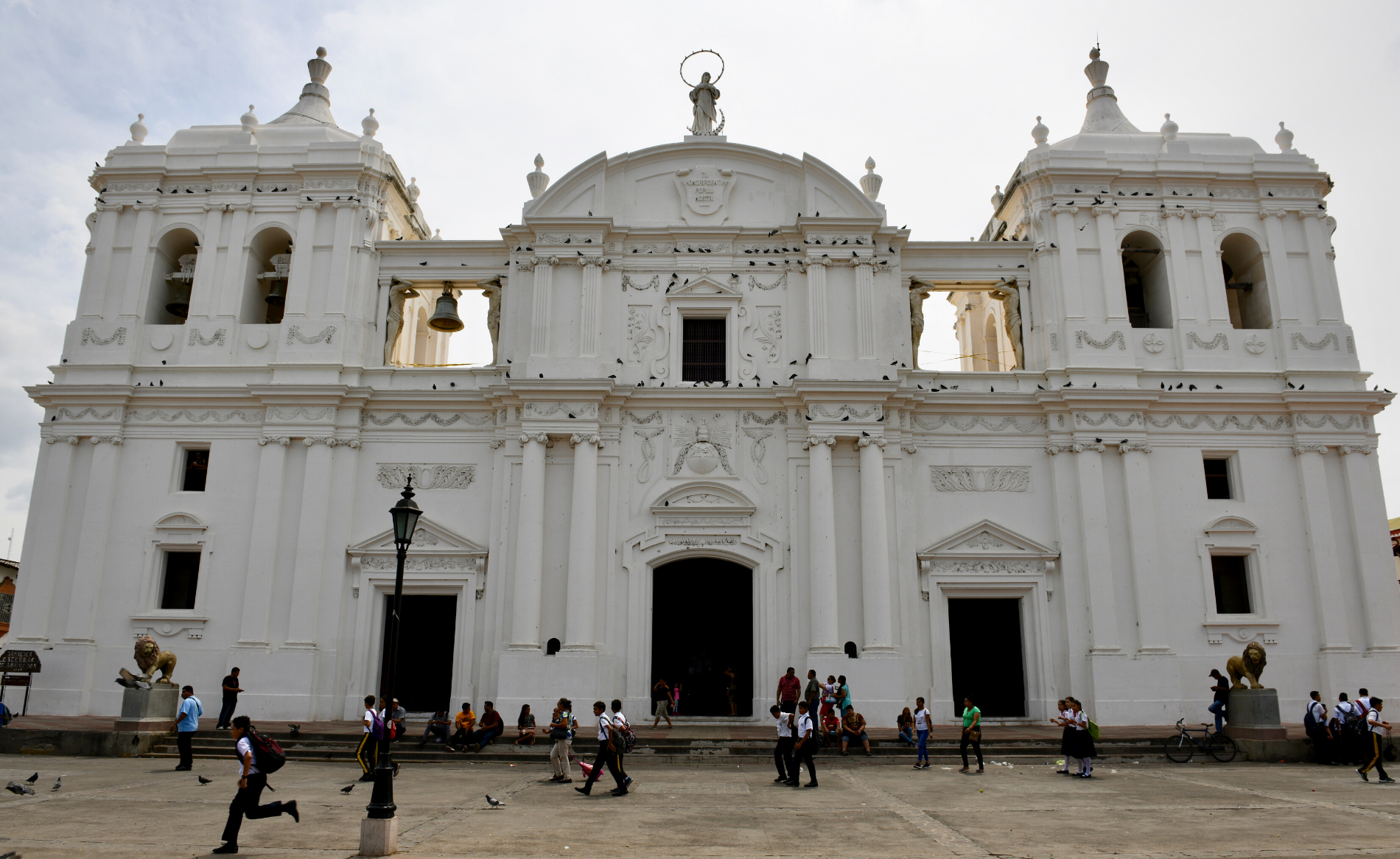
After moving from the first Leon, now referred to as “Leon Viejo”, the actual city of Leon was established and founded in 1610 near the Indian community of Sutiava. The city center and streets were laid in a grid system pattern with a central plaza, a bishop house, city hall, a governor´s house and military headquarters. Leon was the capital of the country until 1851 when Managua was declared the new capital because of internal political fights between the Granada Conservatives and Leon Liberals.
The Spanish colonial city of Leon boasts the largest cathedral in Central America, which was selected as a World Heritage Site by UNESCO in 2011. It holds a number of religious arts such as paintings, relics, gold and silver items, sculptures and a rich history. It was strategically designed with tunnel systems for Bishops to escape from Pirate attacks. Today it is possible to walk on the roof of the Cathedral and enjoy nice view over the colonial city as well as on the Maribios volcanic chain. Walking around the city center you will discover the most complete Art Museum in the country, Fundacion Ortiz Gurdian, the museum and former house of the famous Nicaraguan poet Ruben Dario, and the former prison for political prisoners “la 21” now converted into the Legends and Traditions museum. Political colorful murals can be observed in the city center, evidence of the strong revolutionary past of Leon.
Notable local landmarks:
Activities:

Contact Us
Send us a message and we will take the time to get to know you so we can help you find your amazing adventure.

